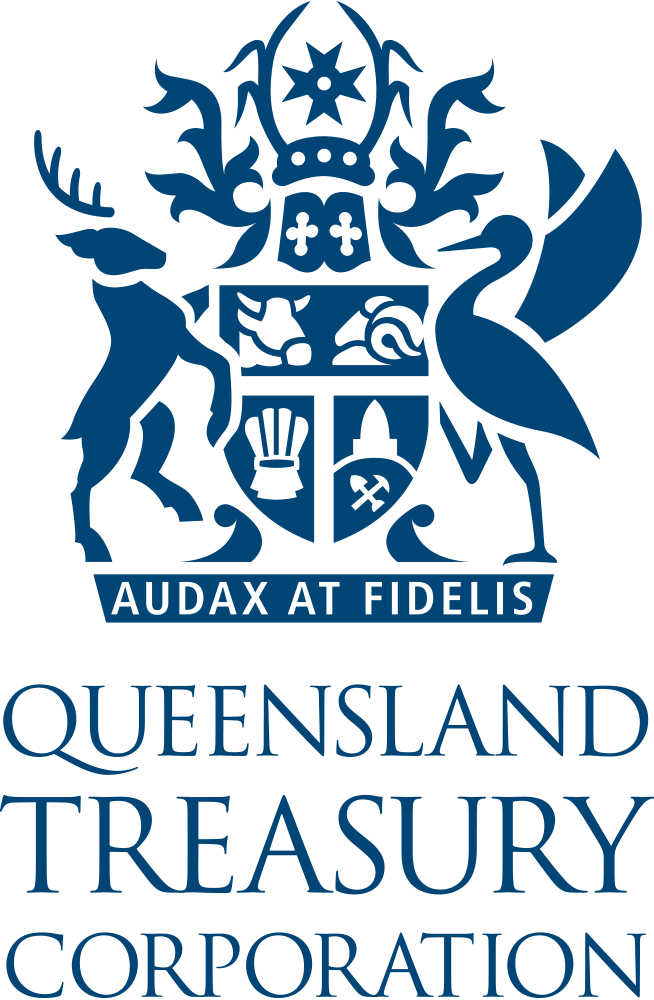
Investment takes priority in Queensland
A post-pandemic economic rebound supported by strong performance in the resources sector has improved the budget position in Queensland. The state’s treasurer, Cameron Dick, tells KangaNews investment in infrastructure and the low-carbon transition are top of the Queensland government’s agenda, with the government prepared to take a countercyclical role to support prosperity in a growing state.
What is the government’s outlook for the Queensland state economy next year and beyond?
Queensland is the growth engine of the country. We managed the economy well during the pandemic and have had strong growth in domestic economic activity and employment. Data from the March quarter of 2023 show the Queensland domestic economy was 11 per cent larger than it was at the start of the pandemic, compared with growth of 9.8 per cent in the rest of Australia.
This puts Queensland in a good position to continue to drive major transformations that we continue to put in place, particularly through the Energy and Jobs Plan. It also sends a strong message to investors that Queensland is the place to be.
The recent state budget shows strong revenue performance, including an unprecedented A$12.3 billion (US$8.3 billion) surplus in 2022/23. Some of this revenue is a windfall from high commodity prices and thus state government royalty receipts, though. How does the government plan to use the temporary uplift and what does it mean for Queensland’s debt profile?
The cash windfall is significant for Queensland, and we intend to use the money prudently and sensibly to set up the state for the future. During and since the COVID-19 pandemic there has been very strong inter-state migration into Queensland: more than 112,000 people have moved to the state from other parts of Australia since mid-2020 – including 35,000 people in 2022 alone. This relatively strong population growth, while positive, also highlights the importance of continuing to fund the infrastructure that our growing state needs.
The government is committed to keeping the investment into Queensland’s infrastructure pipeline strong and we want to use the windfall sensibly. We will continue to invest in renewable energy, transport infrastructure – including road and rail – and improving health capacity. For example, Queensland has the largest hospital build programme in the country. We think this is a positive story for Queensland and should give confidence to investors.
The windfall makes Queensland less reliant on additional borrowing. But it also means our debt profile is more robust compared with some of our peer states. It has also allowed us to improve our fiscal position and deliver a positive budget for our state that keeps debt at a sustainable level.
What are the primary goals and some of the main projects in the infrastructure plan?
Our large operating surplus in 2021/22 and again in 2022/23 has created capacity to fund an A$89 billion transformative capital programme. In the 2023/24 financial year, this includes more than A$20 billion dedicated to capex across the state including A$7 billion toward transport projects, A$1.6 billion to building health capacity, A$1.5 billion to education and an additional A$1.1 billion to improve the supply of housing.
Additionally, over the next four years we have dedicated A$19 billion to increase and accelerate renewable energy generation – including through solar and wind power and storage – as we continue to build out our ‘super grid’ to connect renewable energy to the network.
We are also making significant investments into pumped hydro storage at Borumba in south-east Queensland and Pioneer-Burdekin in the north. These projects are crucial to making sure we can store renewable energy when the wind isn’t blowing or sun isn’t shining, and we have committed A$7 billion toward them in the 2023/24 budget.
As revenue normalises and capital spending increases, net debt will rise. How will you manage the balance sheet to deliver on big capital spending commitments?
We are keeping a close focus on our spending and will maintain significant attention on the delivery of our capital programme. Our debt profile has improved successively over each of the four budgets I have delivered as treasurer. For instance, in 2022/23 our net debt to revenue ratio reduced to 7 per cent from the previous forecast of 27 per cent, which was also lower than the 30 per cent we anticipated it would be in our 2019 budget.
This demonstrates our ongoing work to strengthen and improve fiscal buffers. However, we also recognise that we need to keep a close eye on our capital works and have put mechanisms in place to ensure we can deliver these programmes within budget.
This includes high governance engagement with our capital works programme and an infrastructure cabinet committee – made up of myself and all the expenditure agencies: health, education, and energy and transport – to make sure we monitor these programmes and take a high-level strategic view on their delivery. We want to keep ourselves to task.

Debt will inevitably be a major talking point in next year’s state election. Will your message to the electorate be one of budgetary responsibility, necessary investment or something else?
Our message is that we want to deliver for the people of Queensland. We have a growing state and this means we need productive infrastructure to be delivered. Growth is good for the economy, but we understand its challenges, too – particularly for our people. This is why investing through the cycle is so important. We are going to remain focused on improving opportunities for Queenslanders by maintaining one of the strongest economies in the country.
We do not want to shy away from ambition and we are accelerating infrastructure spend over forward estimates. We think this sends a strong signal that Queensland is a place to invest. We are a pro-business government and we welcome private-sector investment.
The energy transition is a big focus area for Queensland and for the state government over the next decade in particular. Can you provide some background on the key initiatives in this area and how they will be funded? Do you anticipate a substantial increase in Queensland’s ability to issue green bonds?
Queensland Treasury Corporation (QTC)’s green-bond programme has made a significant contribution to the growth of the Australian green-bond market as a whole. Investors know Queensland’s green bonds support projects that have environmental benefits for the state. Green bonds issued by QTC have been well supported and oversubscribed. This demonstrates that the market has appetite for this product, and it is something we will remain committed to.
Today, almost 25 per cent of Queensland’s energy is generated by renewable sources, with a target of 70 per cent by 2032. It is a big target, but we are working hard to deliver it. We have strong momentum in place and we are confident about our investment profile going forward.
In addition to the Energy and Jobs Plan and pumped hydro projects, another example of a major investment is the CopperString transition line that is being built between Townsville and Mount Isa. It is a A$5 billion commitment that will connect Queensland’s North West Minerals Province to the national electricity grid. This project will deliver energy certainty to the region, allowing us to extract critical new-economy minerals – such as scandium, vanadium, cobalt and nickel – which will all be part of the next mining boom in Queensland.
The world needs these minerals to develop the batteries and infrastructure that will be required in the renewable energy future.

HIGH-GRADE ISSUERS YEARBOOK 2023
The ultimate guide to Australian and New Zealand government-sector borrowers.









